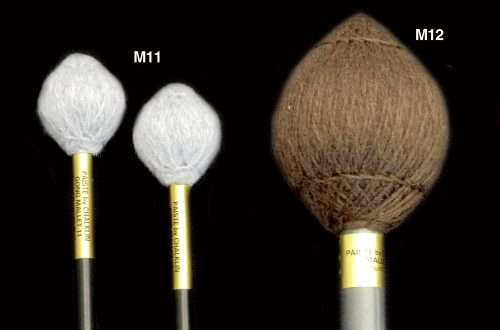How to find out how many characters there are in a key in a key? Again about the tonality thermometer…
Contents
In general, the number of key signs and these signs themselves (sharps with flats) just need to be remembered and simply known. Sooner or later they are remembered automatically – whether you want it or not. And at the initial stage, you can use a variety of cheat sheets. One of these solfeggio cheat sheets is a tonality thermometer.
I’ve already talked about the tonality thermometer – you can read and see the gorgeous, colorful tonality thermometer here. In the previous article, I talked about how, using this scheme, you can easily identify signs in keys of the same name (that is, those in which the tonic is the same, but the scale is different: for example, A major and A minor).
In addition, a thermometer is convenient in cases where you need to accurately and quickly determine how many digits one tonality is removed from another, how many digits the difference between two tonalities is.
Now I hasten to inform you that the thermometer found one more thing practical use. If this very thermometer is slightly modernized, it will become more visual and will begin to show not only how many signs are in the key, but also specifically, which signs are in this major and in that minor. Now I’ll explain everything.
An ordinary tonality thermometer: it will show a candy wrapper, but won’t give you candy…
In the picture you see the thermometer as it usually appears in the textbook: a “degree” scale with the number of signs, and next to it the keys are written (major and its parallel minor – after all, they have the same number of sharps or flats).
How to use such a thermometer? If you know the order of sharps and the order of flats, then there is no problem: just look at the number of characters and count in order exactly as much as needed. Let’s say, in A major there are three signs – three sharps: it is immediately clear that in A major there are F, C and G sharps.
But if you have not yet memorized the rows of sharps and flats, then, needless to say, such a thermometer will not help you: it will show a candy wrapper (the number of characters), but will not give you candy (it will not name specific sharps and flats).
New tonality thermometer: handing out “candy” just like Grandfather Frost
To the scale with the number of characters, I decided to “attach” another scale, which would also name all the sharps and flats in their order. In the upper half of the degree scale, all sharps are highlighted in red – from 1 to 7 (F to sol re la mi si), in the lower half, all flats are highlighted in blue – also from 1 to 7 (si mi la re sol to fa) . In the center are “zero keys,” that is, keys without key signs – these, as you know, are C major and A minor.
How to use? Very simple! Find the desired key: for example, F-sharp major. Next, we count and name all the signs in a row, starting from zero, going up until we reach the mark that corresponds to the given key. That is, in this case, before we return our eyes to the already found F-sharp major, we will name all 6 of its sharps in order: F, C, G, D and A!
Or another example: you need to find signs in the key of A-flat major. We have this key among the “flat” ones – we find it and, starting from zero, going down, we call all of it flats, and there are 4 of them: B, E, A and D! Brilliant! =)
Yes, by the way, if you are already tired of using all sorts of cheat sheets, then you don’t have to use them, but read an article on how to remember key signs, after which you won’t forget the signs in keys, even if you deliberately try to get them out of your head! Good luck!




